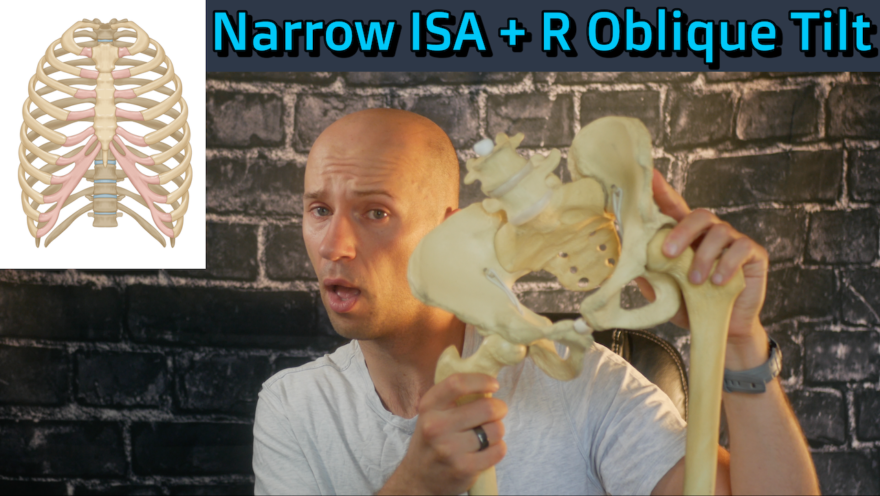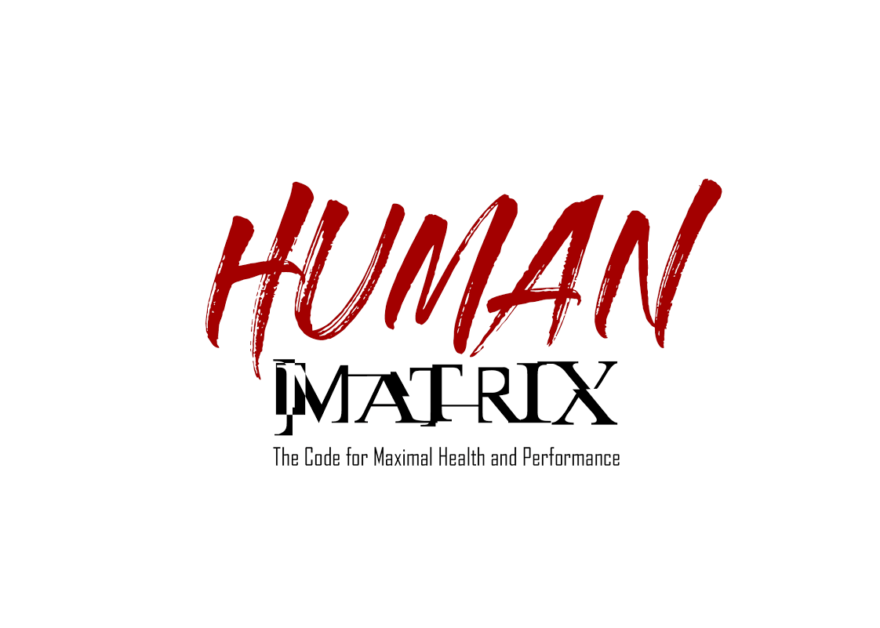Do you… Have patients who hurt multiple areas and are unsure where to start? Have training clients who can’t perform the exercises you want to despite extensive coaching? Want to maximize your client’s movement capabilities better than ever before? Want to know why incorporating breathing into your skillset is exceedingly important? Then welcome to Human Matrix: The Code for Maximizing Health and Performance. A course where you will develop a thorough understanding of how to systemically view and affect movement. By entering the Matrix and affecting movement systemically, building up your client’s movement repertoire from the ground up better than ever before. What you’ll learn when you Enter the Human Matrix How to build a sound movement foundation to increase the exercise variations your clients and patients will be able to do. How to assess your client’s movement capabilities to make precise decisions for improving pain and movement quality. How to normalize range of motion of the entire body to both reduce pain and improve how your clients move with fewer exercises than you have ever needed before. How to effectively coach squatting, deadlifting, pushing, pulling, and more to build the fitness and resiliency of your clients. Course Outline Here is the schedule of this two day seminar: Day 1 9:30-10:30am: Model and Theory 10:45am-12:30pm: Axial Skeleton, Respiration, and Thorax Variability 12:30pm-1:30pm: Lunch 1:30pm-3:00pm: Thorax Variability 3:15pm-4:45pm: Pelvic Variability 5-6:30pm: Systemic Variability Day 2 8:30am-10am: Systemic variability 10:15am-12:30pm: Power Establishment – Mastering fundamental movement patterns 12:30pm-1:30pm: Lunch 1:30pm-3:30pm: Power Establishment
Read More




